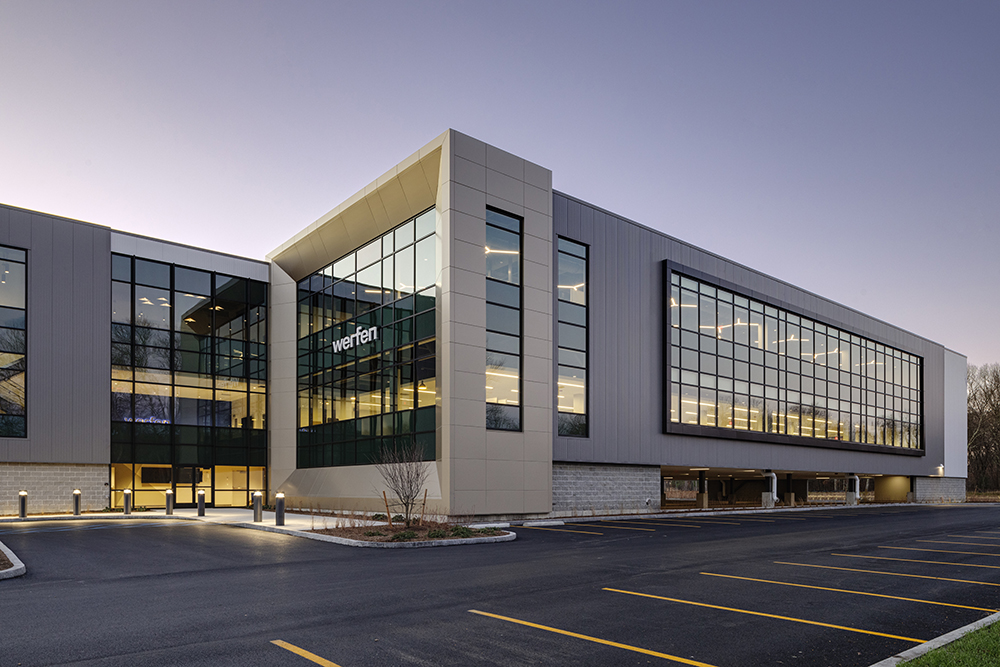Currently the real estate financing outlook for New England in 2016 looks very bright - by Keith Wentzel
 Keith Wentzel, Fantini & Gorga
Keith Wentzel, Fantini & GorgaAs we begin 2016, the overall real estate market in New England remains one of the strongest in the country. New development, especially for multi-family and condo projects, continues at a brisk pace and with GE’s announcement to relocate to Boston, the Seaport area is getting another boost. Sales of existing properties of all types, including apartments, office, retail and hotels are very robust and cap rates keep pushing lower. Providing the fuel for this real estate engine is the ability for investors to access debt and equity capital from a variety of sources.
Regional and local banks remain very active in providing construction, acquisition and refinancing loans throughout New England. Competition is fierce among the banks as they compete for quality deals and market share. This is all good for borrowers as the result is tight spreads, longer amortizations and aggressive loan to value ratios. Loan activity throughout New England is strong with the most attention focused on the metro Boston area (especially inside of Rte. 128). These deals are attracting the national, regional and larger local banks especially when the size gets to be $20 million+. Community banks remain focused on their local geographic footprint and are offering the most attractive terms for deals in their own backyards in order to fend off “outside competitors”. One major consideration in the coming year that could have an impact on bank loan volume is increased enforcement of the Dodd-Frank regulations. Capital requirements for certain types of “riskier” loans may result in less aggressive structures and more conservative underwriting.
Insurance company lenders have always been attracted to the real estate fundamentals of the New England market (especially metro Boston) and continue to be so. However, many are not generating the loan volume they would like to see here since the banks have been so competitive. Insurance companies prefer to lend at lower LTV’s (typically 60-65% or less) but can offer longer fixed rate terms (up to 20+ years) and the lowest rates. Look for them to increase their loan volume here if the banks scale back somewhat due to Dodd-Frank.
CMBS lenders have made a comeback since the recession of 2008-09 and are seeking to increase market share in New England. In the last few months however, they have seen their spreads widen to a point where they are now 50 to 100 bps higher than the banks or insurance companies. They are going to successfully compete on deals where a borrower is seeking maximum leverage and no personal recourse for a property and location that may be considered “B” or “C”. Since this funding source is very dependent on the current state of events on Wall Street and national/international markets, things can change quickly.
Equity and Mezz sources from around the country also see Boston as a desirable place to invest or lend. Most of these dollars are going to development projects primarily for apartments and hotels and, to a lesser extent, retail. Deals requiring equity/mezz funds in excess $5 million for projects in the city (and close in suburbs) are attracting plenty of interested investors. However, once you get outside the Rte. 128 belt, it becomes more challenging to access funding.
Currently, the real estate financing outlook for New England in the coming year looks very bright. Banks, insurance companies and CMBS lenders are all eager to make loans and equity sources are plentiful for well-conceived projects in (or close to) Boston. Dodd-Frank regulations could potentially dampen bank lending somewhat but insurance companies and CMBS sources remain eager to step in and pick up the slack if that occurs. However, keep a close eye on the stock market and the economy. Any major downturns in either or both areas could change this outlook very quickly.
Keith Wentzel is the managing director of Fantini & Gorga, Boston, Mass.
Newmark negotiates sale of 10 Liberty Sq. and 12 Post Office Sq.


How COVID-19 has impacted office leasing - by Noble Allen and John Sokul

Four tips for a smooth 1031 Exchange - by Bill Lopriore

Make PR pop by highlighting unique angles - by Stanley Hurwitz








